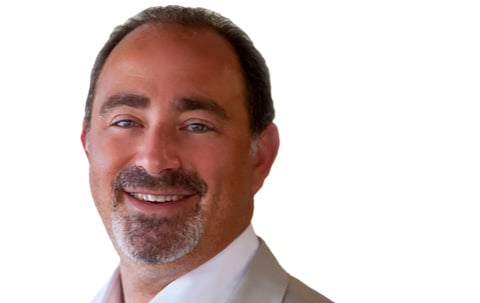NEW YORK CITY-With foreign investors, REITs and CMBS all with money ready to spend, everyone wants Manhattan office space—at least this year, said panelists at the “Global Real Estate Trends 2014” event sponsored by the New York Chapter of Commercial Real Estate Women's Network late last week.
Speaking at the offices of UBS Financial Services, economists and real estate experts painted a portrait of a more settled growth market in New York City and nationally, but with glimmerings of a slowdown in 2015, driven in part by changing demographics and a moderating stock market.
“The US economy is doing better than any in the world,” said Dennis Yeskey, chairman of MIT's Center for Real Estate. The country remains a safe haven for investment, and is now attracting interest from Korean and returning Japanese investors, as well as REITs and an expanding CMBS market. And Manhattan office space is of prime interest, even as office employment begins to lag in the city.
“Japan is back,” Yeskey declared, noting that the Nikkei 225 returned nearly 57% in 2013, outpacing even the soaring NASDAQ Composite (38.32%) and the Dow Jones Industrial Average (26.5% ). And these investors are looking to New York real estate.
Manufacturing has picked up and unemployment has declined but office using employment only picked up from November 2012 to December 2013 by less than 6,000, said Heidi Learner, chief economist at Studley.
“New York office employment growth will be a bit lackluster over the next six to nine months. There is not going to be a big rebound in the financial sector,” she said.
But the size of the New York office market, and in particular its percentage of Class A space versus B and C facilities, can't be denied. Though the city has just 6% of the US population, it has one-third of the nation's office market, and there is a near-record supply of existing and vacant Class A space, Learner noted.
As a result, Manhattan has been the main target of investors, noted Jonathan Woloshin, executive director and co-head of fundamental research of UBS Financial Services, have begun investing again.
“Manhattan has seen all the action,” he said. Prices for Manhattan office space were more than double the price of Stamford, CT space and more than four times that of Westchester County.
Foreign investors comprise a larger portion of New York City investors than nationally, where REITs have dominated the office acquisition arena. That makes interest rates, and their effect on the dollar, even more critical to the city.
“What happens if interest rates begin to rise?” Learner asked. “It makes U.S. investments more attractive” as the dollar strengthens.
But the up cycle can't last much longer, all warn. “Last year, I said, 'Nothing goes up forever,'” observed Yeskey, who has spoken at the NYCREW annual preview for the past seven years.
“We're in a serious up,” he continued. The up portion of a typical stock market cycle lasts just five years, followed by two years of correction. This year would be the sixth year of an up cycle, and due in part to mid-term elections, growth will continue this year, barring any exogenous event, Yeskey said.
“We're in a pre-peak bubble. We will have a good year, almost a great year,” he noted. “But beware 2015.”
Want to continue reading?
Become a Free ALM Digital Reader.
Once you are an ALM Digital Member, you’ll receive:
- Breaking commercial real estate news and analysis, on-site and via our newsletters and custom alerts
- Educational webcasts, white papers, and ebooks from industry thought leaders
- Critical coverage of the property casualty insurance and financial advisory markets on our other ALM sites, PropertyCasualty360 and ThinkAdvisor
Already have an account? Sign In Now
*May exclude premium content© 2025 ALM Global, LLC, All Rights Reserved. Request academic re-use from www.copyright.com. All other uses, submit a request to [email protected]. For more information visit Asset & Logo Licensing.








